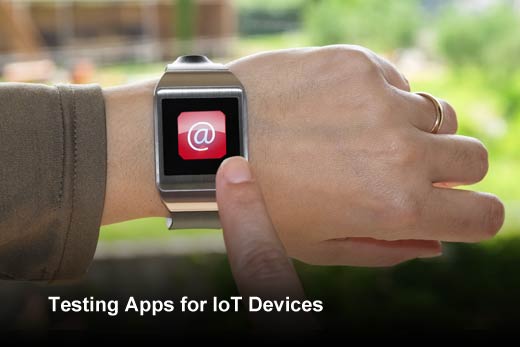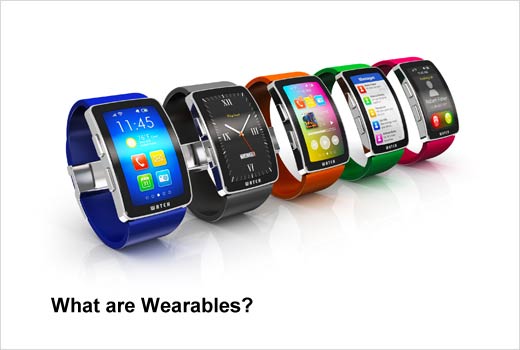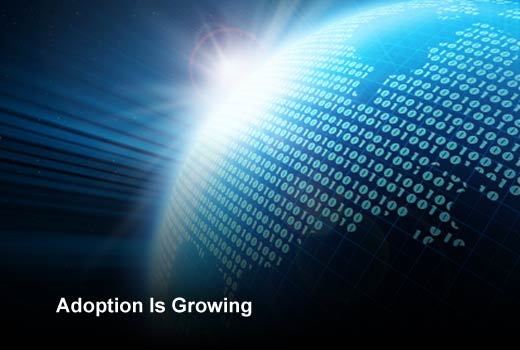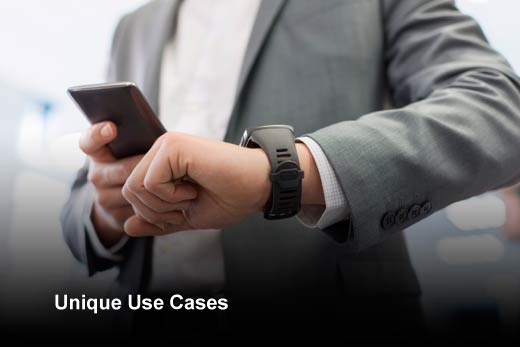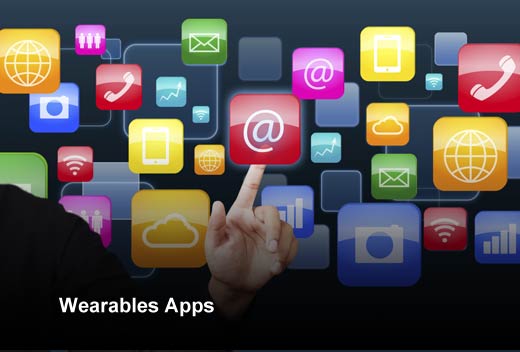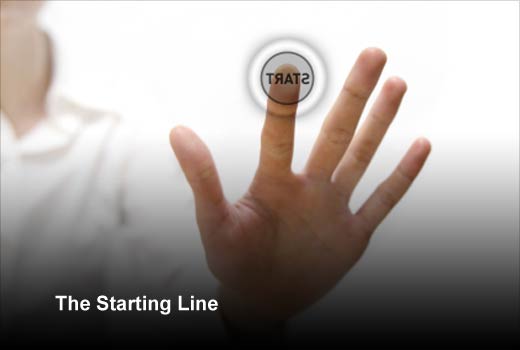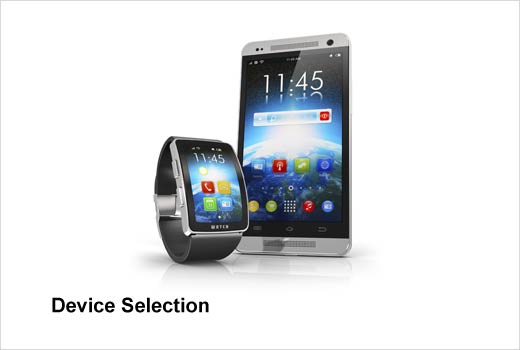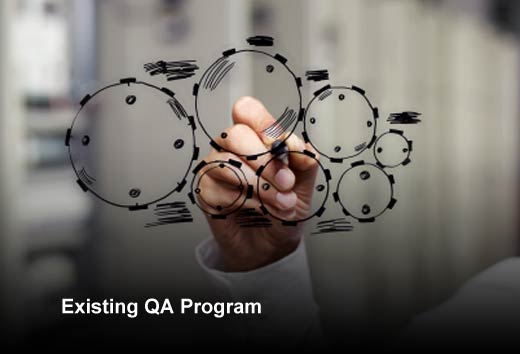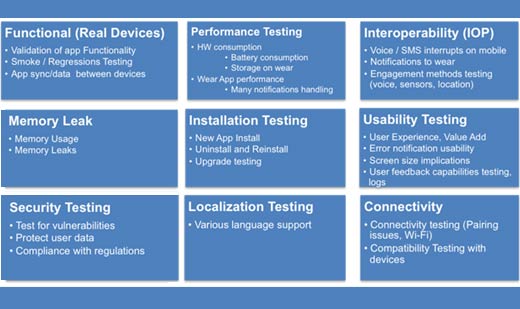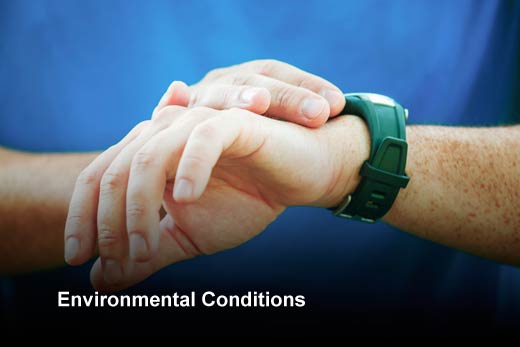Apple’s recent release of the Apple Watch has fueled excitement for owning the latest Apple device and the next wearable. While wearables are only a small slice of the greater Internet of Things (IoT) industry, the market is rapidly growing. With IDC forecasting 126.1 million units shipped by 2019 and the worldwide market for IoT solutions growing to $7.1 trillion by 2020, the focus on developing quality apps is now more important than ever.
However, dev/test teams are still struggling to embrace and incorporate IoT into existing development cycles. The biggest challenge for companies that want to develop for wearables is ensuring that quality matches user expectations. If a hotel chain says users can open their hotel room door using Apple Watch, it needs to happen.
How does the mobile app developer and tester combat the new challenges IoT brings to the forefront? By adopting continuous quality as a process to increase the speed of development, keep up with an increasing number of devices that apps should work on, and reduce the number of defects reaching production – ultimately cultivating higher end-user satisfaction.
By testing the application in all scenarios (across a variety of devices, under various network conditions and traffic, etc.) and throughout the entire mobile app development lifecycle, dev/test teams can ensure that they reach the level of quality they’re aiming for (the app works where you said it would work, and the brand you represent is being seen as you wish it to be seen).
In this slideshow, Eran Kinsbruner, mobile technical evangelist at Perfecto Mobile, has identified 10 things that developers/testers need to be aware of when developing apps for wearables.
Testing Apps for IoT Devices
Click through for 10 things developers/testers need to be aware of when developing apps for wearables, as identified by Eran Kinsbruner, mobile technical evangelist at Perfecto Mobile.
What Are Wearables?
Wearables are sensor-based devices strongly dependent upon smartphones, meaning that they must constantly sync to provide relevant data to the end user. Since wearables generally have lower computing capabilities, smaller screens and different end-user engagement methods, it is important to understand and note these differences from the early design phase through testing and deployment.
Adoption Is Growing
BI Intelligence estimates that the global wearables market will grow at a compound annual rate of 35 percent over the next five years, reaching 148 million units shipped annually in 2019, up from 33 million units shipped this year. Developers need to think about the device lab and overall test coverage as new devices are added, as well as unique device platforms (e.g., Android wear).
Unique Use Cases
Dev/test teams need to review and adapt to new use cases and include them in test plans, the test environment and support tools. For example, you now need to test notifications on both wearables and smartphones in order to assure a consistent end-user experience and to drive app adoption on both devices.
Wearable Architecture
Because of form constraints, it is necessary to develop and deploy apps through pairing technology. For example, pairing the Apple Watch with an iPhone gives users access to a great number of apps running on the smartphone. The wearable interface is designed to work and communicate with the iPhone.
It is necessary to deploy app updates via the smartphone as well. There is just no way for end users to update or upgrade Apple Watch apps from the watch itself; it has to be updated via the iPhone. This workflow creates new dependencies and changes the traditional SDLC.
Developers can no longer create an app without thinking about the wearables interface, as the app will now automatically synch to the wearable. So it’s necessary to test on both instances. There are going to be unique deployments, upgrades and hardware specific considerations in the newly introduced SDLC.
Wearables Apps
Since wearable apps and smartphone apps are merging, one defect in either device will block the entire app from being released to the market. Testers need to make sure that existing development and test environments are ready and able to cover all user scenarios, coverage goals and quality goals. Wearable apps differ from regular apps in design, functionality (subset of apps), app size, user interaction, hardware and sensors. For instance, developers need to now test the sensors of the Apple Watch and how it responds to notifications on heart rate. Users of the Apple Watch will want it to measure heart rate while performing a sporting activity. This will lead to new considerations for the developers and testers.
The Starting Line
Since the new platform is going to introduce “noise” and affect known release schedules, it is important to start small, gain confidence, stabilize internal processes, and then grow device coverage and add more sophisticated use cases. Here’s a good guide to follow:
- Existing QA Program: This market is evolving, so start small. Choose the leaders similar to the smartphone area – Samsung, LG and Apple. Start by targeting their watches and grow. Get market feedback.
- Implications: Not only is there a dependency on the app first with the smartphone, but there is a software release between the two platforms. This is why developers need to choose the leaders and make sure it works on both the phones and then the Apple Watches.
- Test Plan Preparation Automation and CI: Extend what you already have for automation. Otherwise, it will be impossible to sustain these projects.
- Adjustments: Keep going back and tweaking your strategy to make sure you’re testing on all devices. Get feedback.
Device Selection
As with mobile device test coverage, wearables should also inherit similar considerations such as market adoption, OS relevancy, target customer markets and supported capabilities of the wearables (e.g., BLE – Bluetooth Low Energy, other sensors, etc.).
Consider leading device vendors when choosing the first watches to develop and test on. Extend your device coverage matrix to include new release and test cycles, which should be constantly refreshed based on market dynamics, market feedback and customer specific requests. Finally, make sure that your app works independently – not just on a single device – and that it is as platform agnostic as possible.
Existing QA Program
More tests to do! This is where automation becomes essential. Wearables add more devices into the test coverage matrix, and require changes in release velocity. There is now an even higher need for a robust quality lab that can address both the demanding mobile requirements as well as the newly complex wearables requirements.
A Proper Test Plan
It is important to understand that wearables are strongly dependent on smartphone mobile apps. They require unique use cases and functionality in extremely limited conditions, which mandates dedicated test case scenarios. To ensure you have a complete scenario, make sure your mobile-wearable test plans cover the following:
- Functional (Real Devices)
- Performance Testing
- Interoperability (IOP)
- Memory Leak
- Installation Testing
- Usability Testing
- Security Testing
- Localization
- Connectivity
Environmental Conditions
Developers must also consider the impact of the mobile environment on wearable devices and apps. A low battery on a smartphone will affect synchronization with the wearable device and limit its ability to perform well and receive calls and notifications. Taking performance testing and various network conditions into account as part of any release cycle of your mobile app and wearable app is essential in order to assure a flawless end-user experience.


